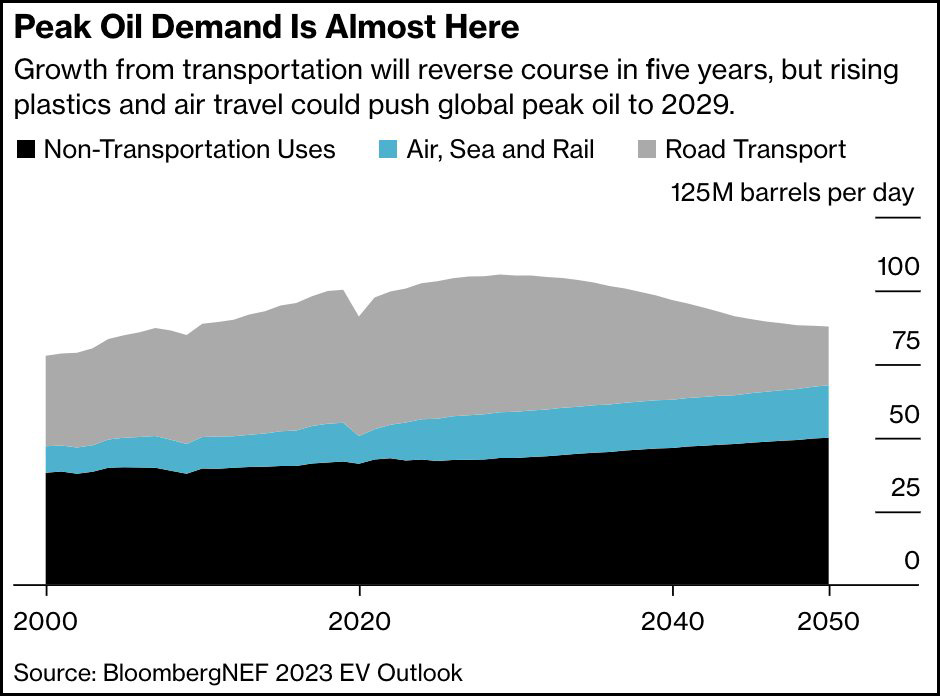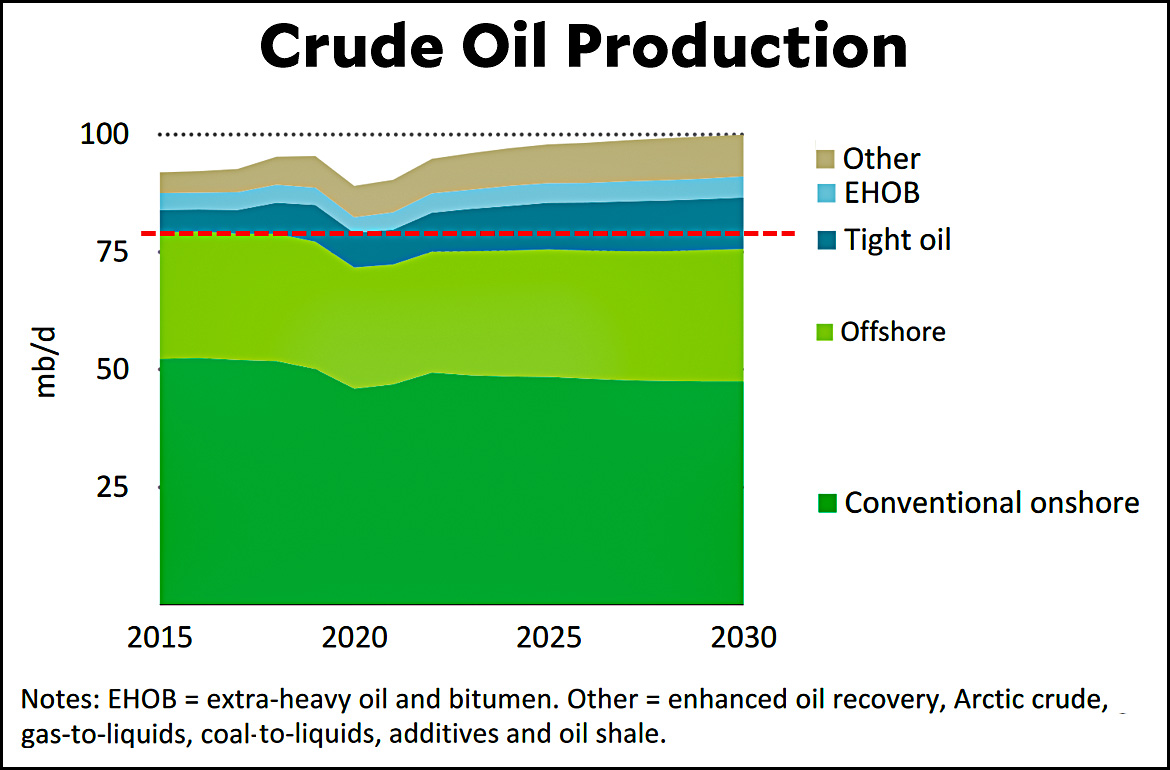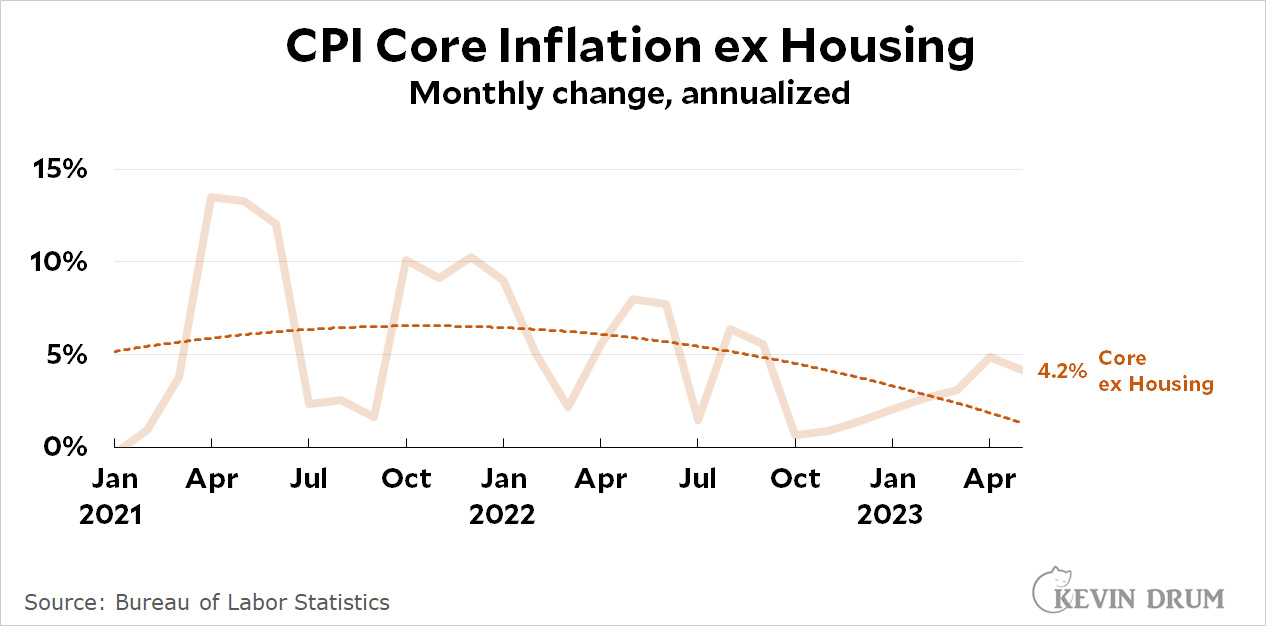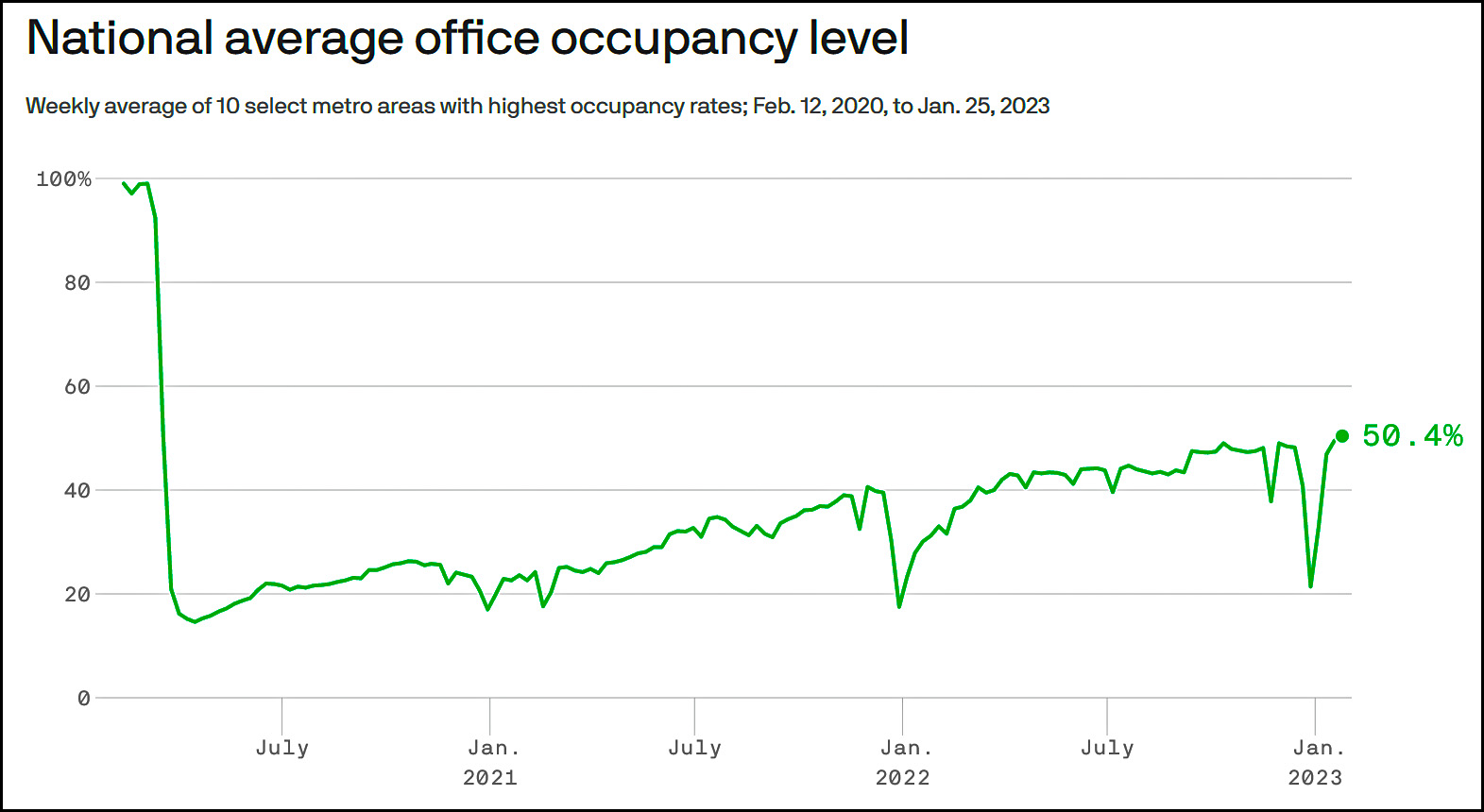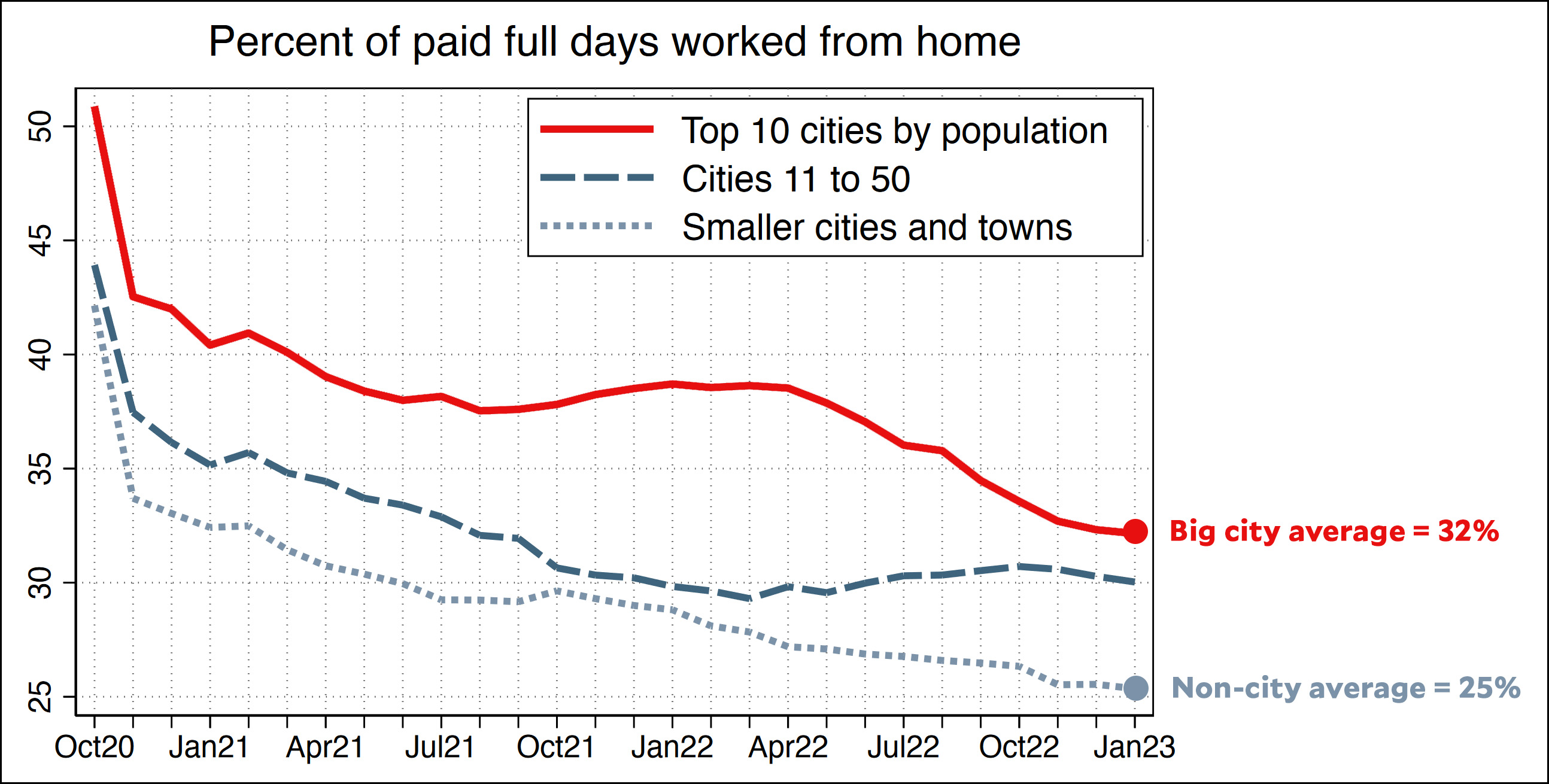The Associated Press reports today on "The Great Grift," a combination of the plundering of COVID-19 aid programs by fraudsters and plain old mistakes in doling out the money:
All of it led to the greatest grift in U.S. history, with thieves plundering billions of dollars in federal COVID-19 relief aid intended to combat the worst pandemic in a century and to stabilize an economy in free fall.
An Associated Press analysis found that fraudsters potentially stole more than $280 billion in COVID-19 relief funding; another $123 billion was wasted or misspent.
....How could so much be stolen? Investigators and outside experts say the government, in seeking to quickly spend trillions in relief aid, conducted too little oversight during the pandemic’s early stages and instituted too few restrictions on applicants. In short, they say, the grift was just way too easy.
The story is long and a little hard to follow in places, so I simplified things with a summary chart:
 Mistakes in handing out unemployment checks plus a small number of mistakes in mailing out stimulus checks add up to $123 billion. Total fraud depends on whose estimate of the Paycheck Protection Program you believe. The lower estimate produces a total of $182 billion in fraud. The higher estimate produces a total of $280 billion.
Mistakes in handing out unemployment checks plus a small number of mistakes in mailing out stimulus checks add up to $123 billion. Total fraud depends on whose estimate of the Paycheck Protection Program you believe. The lower estimate produces a total of $182 billion in fraud. The higher estimate produces a total of $280 billion.
Add it all up and you get a grand total of $300-400 billion, or 7-10% of the pandemic money spent so far. A big part of the fraud came from the Economic Injury Disaster Loan and Paycheck Protection programs, both of which were administered by the Small Business Administration. SBA, which is a smallish agency, was overwhelmed by the vast scope of the programs and the need to get money out fast:
In the haste, guardrails to protect federal money were dropped. Prospective borrowers were allowed to “self-certify” that their loan applications were true. The CARES Act also barred SBA from looking at tax return transcripts that could have weeded out shady or undeserving applicants, a decision eventually reversed at the end of 2020.
Michael Horowitz, the pandemic watchdog chairman, criticized the government’s failure early on to use the “Do Not Pay” Treasury Department database, designed to keep government money from going to debarred contractors, fugitives, felons or people convicted of tax fraud. Those reviews, he said, could have been done quickly.
....In less than a few days, a week at most, Horowitz said, SBA might have discovered thousands of ineligible applicants. “24 hours? 48 hours? Would that really have upended the program?” Horowitz said. “I don’t think it would have. And it was data sitting there. It didn’t get checked.”
Unemployment fraud and mistakes were similar, but on a state level. Most states simply weren't prepared for a sudden, huge increase in unemployment payments, and their systems were often old and creaky. In Ohio, for example, State Auditor Keith Faber says nobody was prepared for what hit them:
The state’s unemployment agency “took controls down because on the one hand, they literally were drinking from a firehose,” Faber said. “They had a year’s worth of claims in a couple of weeks. The second part of the problem was the (federal government) directed them to get the money out the door as quickly as possible and worry less about security. They took that to heart. I think that was a mistake.”
There is, obviously, an inherent tension between getting aid out fast and getting it out right. They're both legitimate goals. Was a 7-10% penalty worth it in order to help lots of people quickly? I'm not sure I can confidently answer either way.


